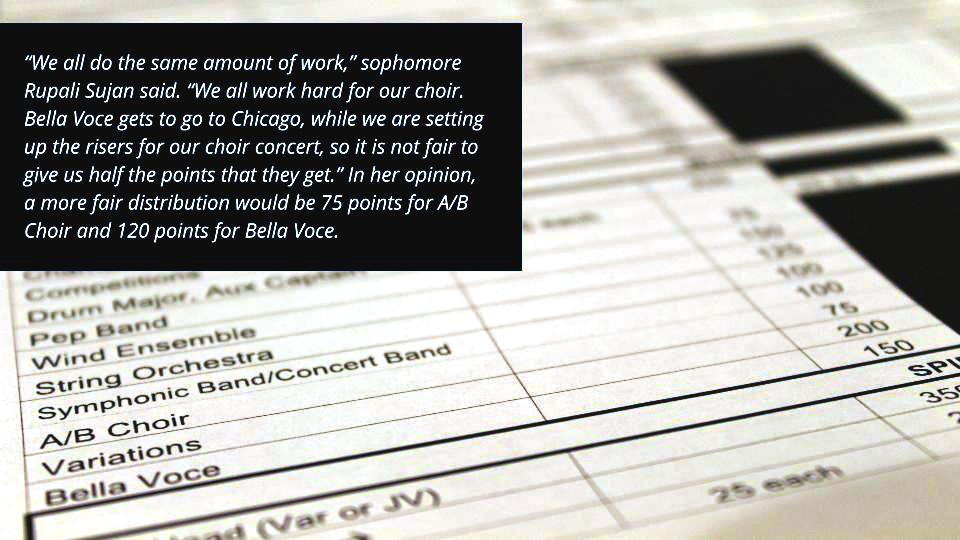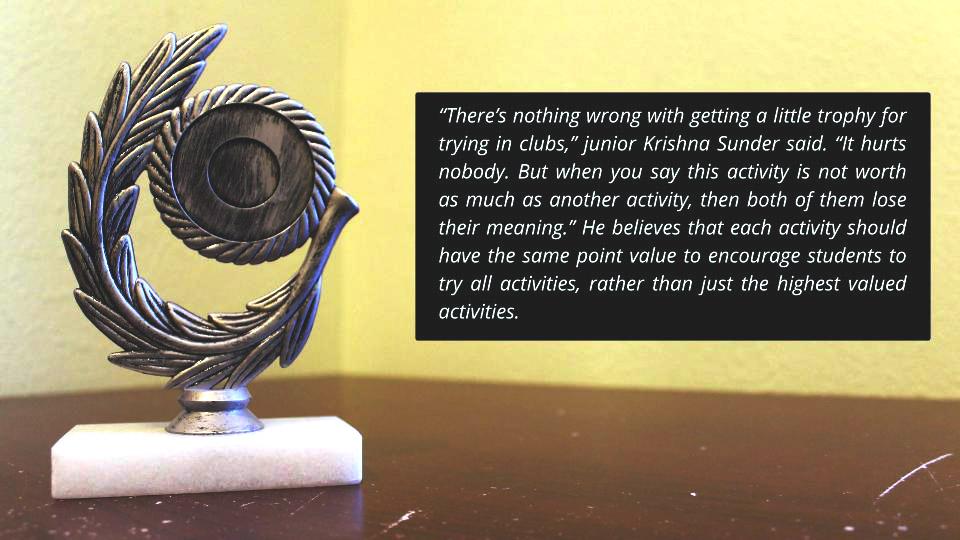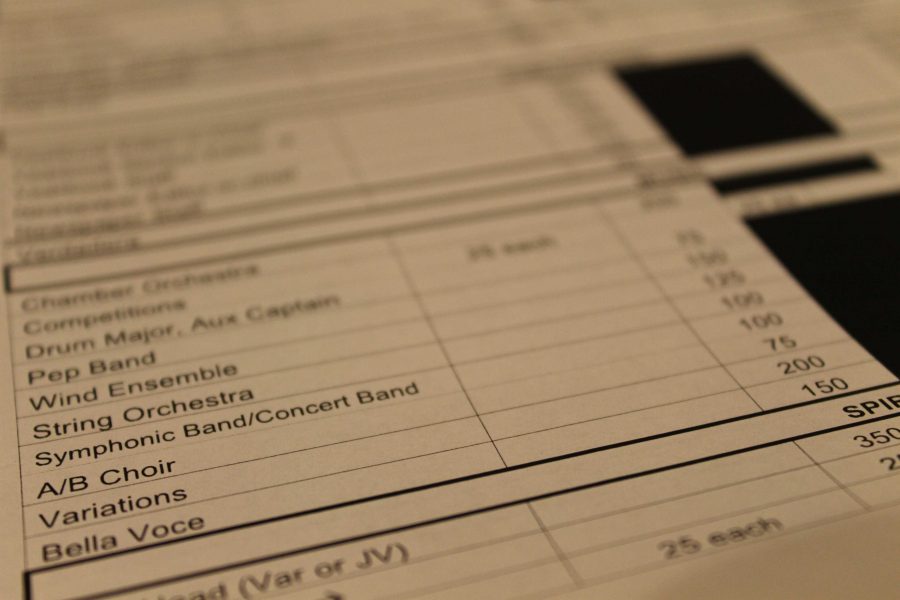Co-written by Fatima Ali.
Every year, teachers, advisors, coaches pull out their pens to sign off Activity Points sheets. And every year, a conversation around Activity Points emerges.
What’s the purpose? Why do different activities hold different points? Does it encourage a competitive or rewarding environment?
The answers to all your questions about Activity Points are here.
What are Activity Points? And how do they work?
S Activity Points sheettudents may voluntarily fill out an
each year to record participation in clubs, classes, competitions, etc. that they have participated in. Each activity, however, has a different set point value. For students to be awarded these points, they must get a signature from an advisor in charge of that activity. Seniors who have achieved a given number of Activity Points, accumulated over the four years, are then recognized at Senior Night in May.
Senior Activity Award Categories:
500-999 The Picador Award
1000-1499 The Banderillero Award
1500-1999 The Novillero Award
2000-2400 The Matador Award
2500+ The Matador Maestro Award
Why were Activity Points created?
According to ASB Financial Technician Calvin Wong, Activity Points were designed to recognize students for what they achieve outside of the classroom in school activities.
“We have some students that do well in academics and in athletics and in activities, or they might specialize in one or another, or be just great at everything,” Wong said. “It just shows how awesome and comprehensive of a school we are.”
How are Activity Points weighted?
According to Wong, point values are defined by dedication in terms of how many hours an activity entails over weeks or months. Clubs and activities that require more time are given higher point values. More points are often given towards a person in a higher position, like a club officer, an Editor-in-Chief or an ASB President.
T
he point distribution for Activity Points has yielded a lot of controversy among students and teachers. Certain activities require more time commitment and effort, but some students feel like this is not accurately represented in values given for each activity.
Sophomore Rupali Sujan acknowledges that Activity Points may have good intentions to reward students in areas outside of academics; however, she disagrees with the disparities in point values assigned to certain events.

Meanwhile, junior Krishna Sunder believes that varying point values for each activity may derail people from trying activities that are worth less points.

Junior Elizabeth Ngo has been documenting and submitting Activity Points since sophomore year. She sees how point distribution could be an issue, but she thinks that the point value is a reflection of the effort required for each activity.
“Activity points are good to show that there are students out there that are willing to give back to the community,” Ngo said.
Photos taken by Avni Prasad.














